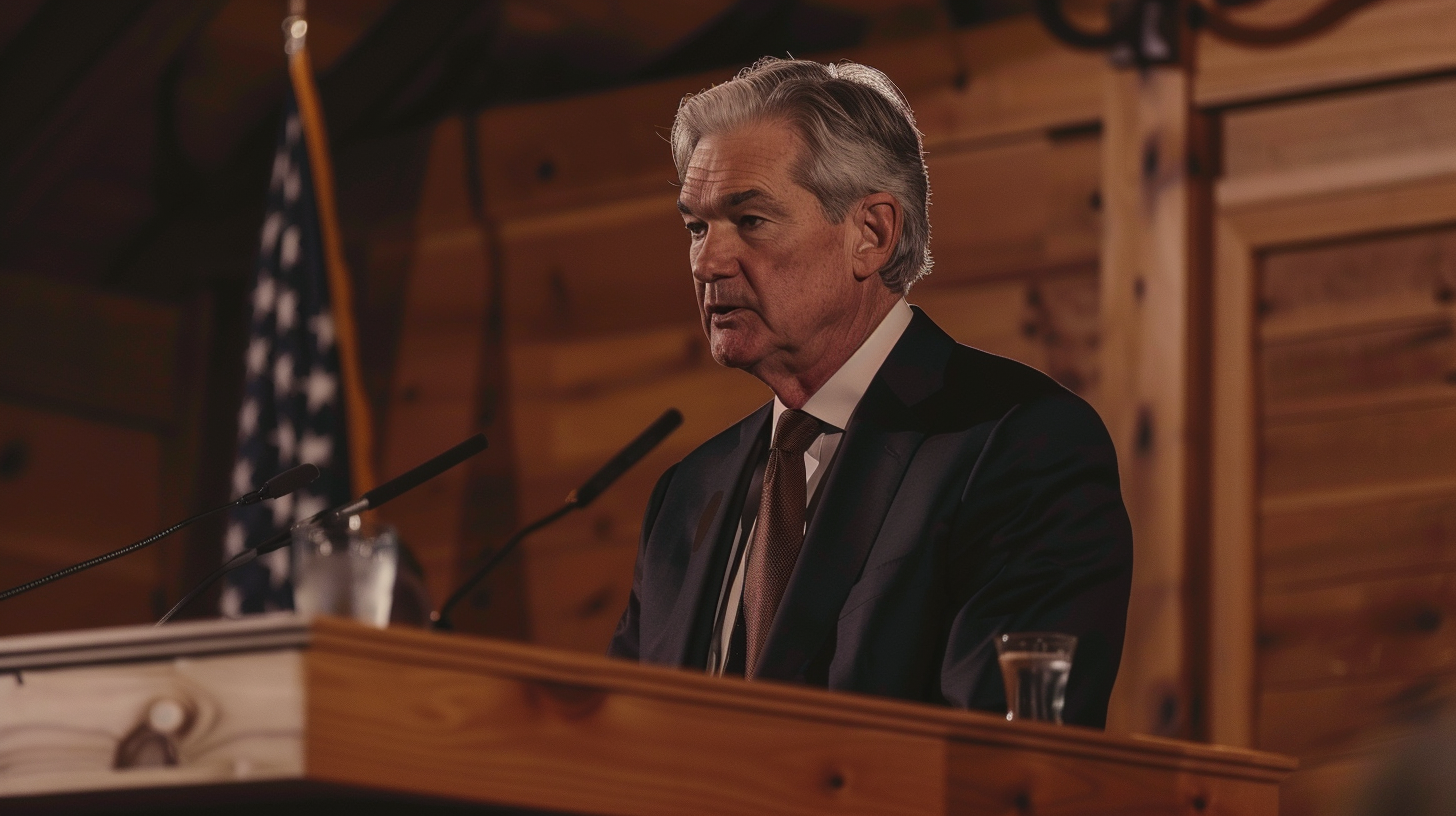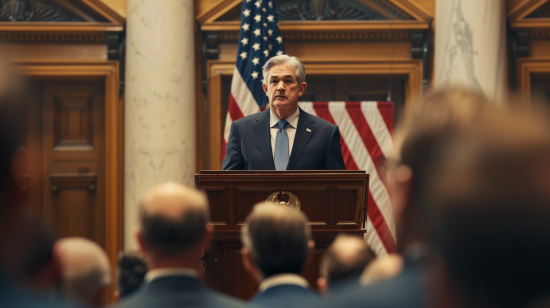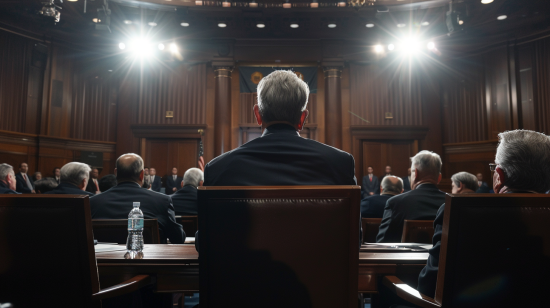Wall Street started September on a sour note as major indexes fell more than 1%, driven by concerns over the latest U.S. manufacturing data and the anticipation of key labor market reports due later this week. The decline highlights growing investor unease about the direction of the U.S. economy and the potential actions of the Federal Reserve in the coming months.
The U.S. manufacturing sector showed modest improvement in August, rising slightly from an eight-month low in July. However, the overall trend remained weak, pointing to continued challenges within the sector. The S&P 500 industrials sector, which includes industry giants like Caterpillar and 3M, dropped over 1.6% as market participants digested the mixed signals from the manufacturing data. This decline in industrial stocks was mirrored by a significant drop in rate-sensitive technology stocks, with Nvidia leading the losses, falling 5.4%. The Philadelphia SE Semiconductor Index followed suit, losing 4.1%. Other tech heavyweights, including Apple and Alphabet, also felt the pressure, with each company’s stock declining by more than 1.6%.
Investors are now turning their attention to the labor market, with a series of reports scheduled throughout the week, culminating in Friday’s non-farm payrolls data for August. The labor market has been under increased scrutiny since July’s report suggested a sharper-than-expected slowdown, which contributed to a global selloff in riskier assets. This week’s labor data will be closely watched, as it could influence the Federal Reserve’s monetary policy decisions later this month. The Fed’s meeting is expected to provide more clarity on potential policy adjustments, especially after Chair Jerome Powell recently expressed support for forthcoming changes. According to the CME Group’s FedWatch Tool, the probability of a 25-basis point interest rate cut stands at 63%, while the likelihood of a larger 50-basis point reduction is at 37%.
Amid the broader market downturn, defensive sectors such as consumer staples and healthcare managed to post marginal gains, offering some relief to investors. In contrast, energy stocks were the worst performers, with the sector falling 3% due to declining crude prices. The drop in energy stocks underscores the volatility in commodity markets and the broader uncertainty facing investors as they navigate the current economic environment. Despite the recent setbacks, the Dow and S&P 500 have shown resilience, recovering from early August’s losses to end the month on a positive note. Both indexes are near record highs, though September has historically been a challenging month for equities.
Among individual stocks, Tesla managed to gain 0.5% following reports that the company plans to produce a six-seat version of its Model Y car in China starting in late 2025. Conversely, Boeing shares plummeted 8% after Wells Fargo downgraded the stock from “equal weight” to “underweight,” citing concerns about the company’s near-term outlook.
As the week progresses, the market will be closely monitoring labor market data and any signals from the Federal Reserve regarding future monetary policy. With the economic outlook still uncertain, investors are likely to remain cautious, weighing hopes for a soft landing against fears of a more pronounced economic slowdown.













